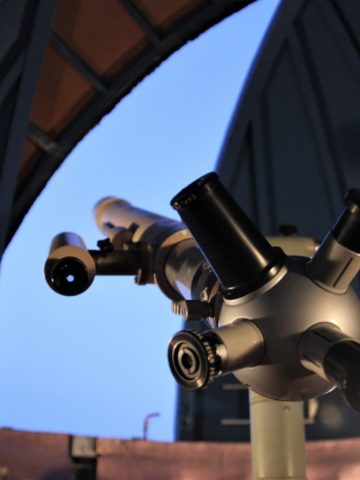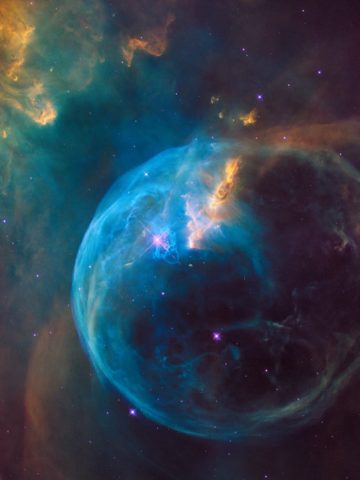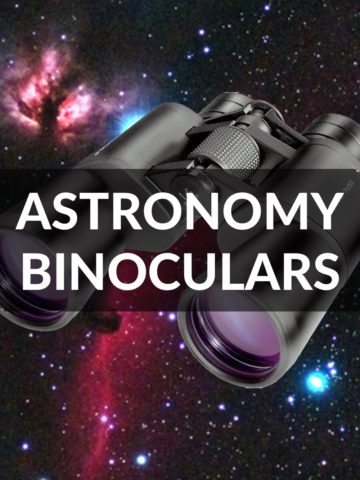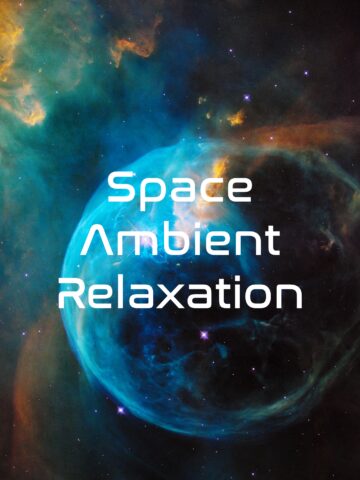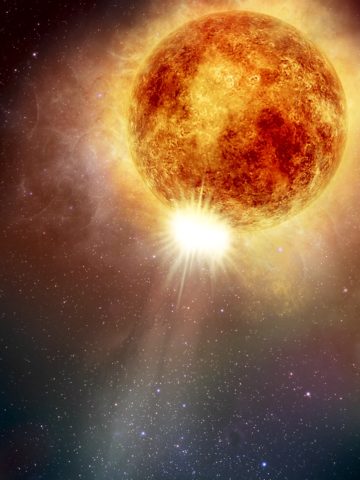Space
Hey, fellow space enthusiasts! Here we share our passion for all things space-related. We cover everything from the latest space missions to the technology that makes them possible. We explore the history of space travel, current research, and its implications for the future.
We'll take you on a journey through the current state of the universe exploration, from the International Space Station to the outer reaches of our solar system. Learn about the different space agencies, their missions, and the incredible technology they use to study the universe. We'll also share the latest news and updates on the search for extraterrestrial life and the potential implications of its discovery.
But it's not all about the professionals; we'll also talk about the current state of the commercial industry and how it's impacting the economy. And don't worry; you don't need to be a rocket scientist to enjoy our articles. We'll explain the complex concepts in a way that's easy to understand.
It's about the latest space missions and technology and the human stories behind it. From the astronauts who risk their lives to explore the unknown to the engineers and scientists who make it all possible, we'll share the personal side of universe exploration.
We also cover cosmos travel's future possibilities and potentials, from space tourism to human settlement on other planets. Imagine the possibilities and the impact they will have on humanity.
One of the most intriguing aspects of universe exploration is the search for extraterrestrial life. We cover the latest discoveries and advancements in this field, including the ongoing search for biosignatures on other planets and moons in our solar system. We'll also discuss the potential implications of the discovery of extraterrestrial life and its potential impact on our understanding of the universe and our place in it. From the possibility of microbial life on Mars to the search for intelligent alien civilizations, the quest for extraterrestrial life will surely capture the imagination of anyone interested in space and its mysteries.
We'll also share tips and resources for amateur enthusiasts to explore the cosmos by themselves, like how to observe the International Space Station, satellite passes, meteor showers, and much more.
So, we have something for you whether you're an astronomy fan, a cosmos enthusiast, or just curious about what's happening beyond our planet.
Join us as we discover the beauty and mysteries of the universe together and share the excitement of what's to come in the future of space exploration.
-
Astronomy Gifts - 10 Ideas for Astronomy Lovers
-
Top 10 Hubble Space Telescope Pictures
-
How to Choose Binoculars for Astronomy (Skywatching)
-
Space Ambient Music for Deep Relaxation, Focus, and Sleep
-
The Best James Webb Space Telescope Images
-
Betelgeuse: 10 Fun & Interesting Facts About the Supernova Candidate


